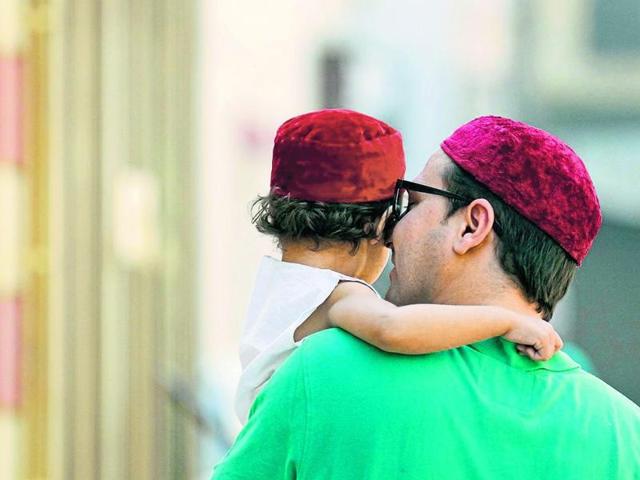‘Our future is dismal unless miracle occurs’
The news that the number of Parsis in India fell by a fifth between 2001 and 2011 was greeted with dismay in Mumbai which is home to most of the community.

According to 2011 census data which was released in Delhi on Monday, Parsi-Zoroastrian numbers dropped to about 57,000 in 2011 from 69,601 ten years ago.
“It is quite depressing,” said Jehangir Patel, editor of the weekly Parsiana which carries regular data on births, deaths and marriages in the community.
Read: A vanishing race: Numbers go against India’s Parsis
Patel said they were expecting the numbers to be around 60,000 in 2011. “I think that we were largely looking at Mumbai figures - estimated to be around 40,000 - which are quite easily available because of data from the municipal corporation, but in the rest of the country, especially in small towns the number of births could be very low compared to births.”
Berjis Desai, senior partner in a Mumbai-based law firm, said, “The future looks dismal unless a miracle happens.” The report that their population has fallen comes during a month when Parsis are celebrating the birth of three babies, including a pair of twins, through medical assistance given to infertile couples through the government assisted ‘Jiyo Parsi’ scheme.
“This is heart breaking,” said Dr Shernaz Cama, a member of the ‘Jiyo Parsi’ team. “We knew this was coming, which is why we started the UNESCO PARZOR (Parsi-Zoroastrian)programme in 1999 and pushed for intervention.”
PARZOR, along with the Bombay Parsi Punchayet – their largest representative body, is implementing the scheme. Apart from monetary and medical help to couples who are unable to have babies, the programme includes what is called an ‘advocacy’ campaign that encourages young Parsis to marry early and have more babies. Cama said that have been 71 ‘extra’ births in the community since 2013 when the programme came into existence. “Now it is even more critical that every single baby should be counted.”
Desai said that he was not surprised at the decline in numbers. “The trend is clearly accelerating and accentuating,” said Desai, “All the late marriages, low fecundity, couple voluntarily not having children and a very aging population with 65 to 70% of the population aged above 70 years.; all these does not augur very well.”
Parsi numbers have been falling every decade since 1941. Between 1971 and 1981 it fell by 20%, the sharpest decline till the latest decennial count. A study by demographer Ava Khullar listed reasons such as low fertility, migration; late marriages and exclusion of kids born to women married to non-Parsis. Even in 1971, birth rate among Parsis was 10.6 per 1,000 compared to 41.2 for the general Indian population.
Stay updated with all the Breaking News and Latest News from Mumbai. Click here for comprehensive coverage of top Cities including Bengaluru, Delhi, Hyderabad, and more across India along with Stay informed on the latest happenings in World News.
Stay updated with all the Breaking News and Latest News from Mumbai. Click here for comprehensive coverage of top Cities including Bengaluru, Delhi, Hyderabad, and more across India along with Stay informed on the latest happenings in World News.





